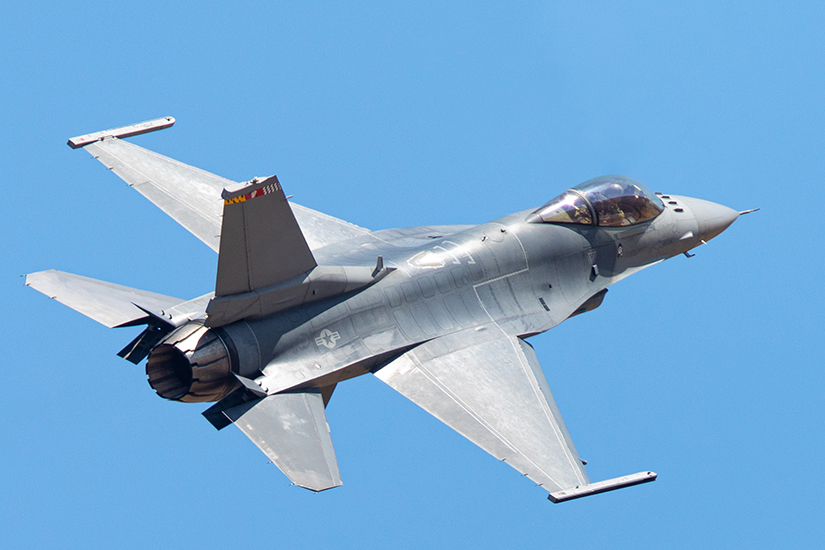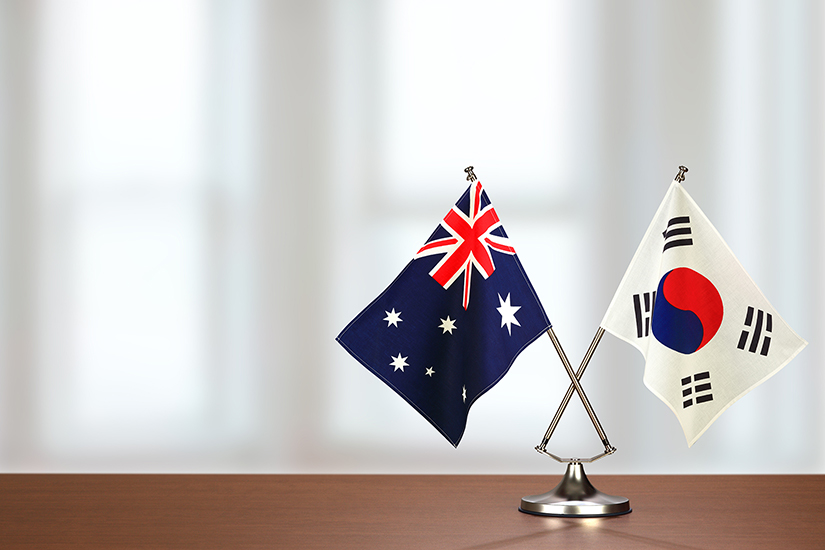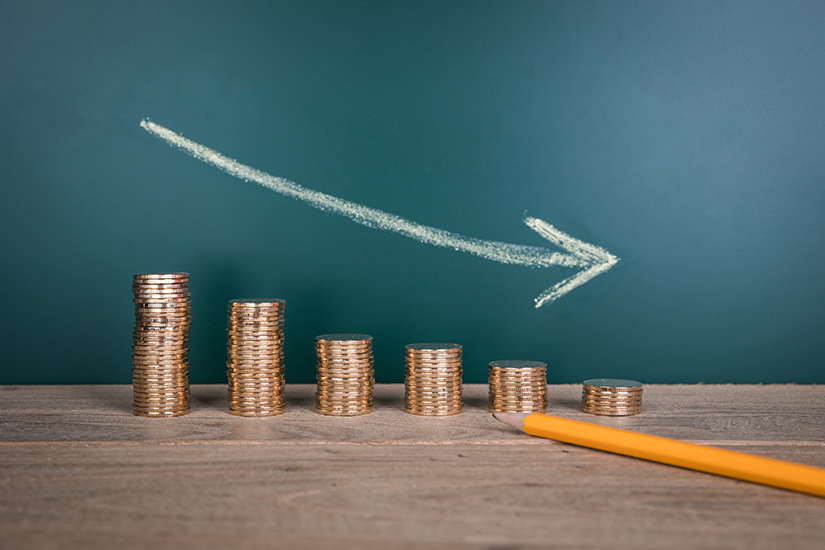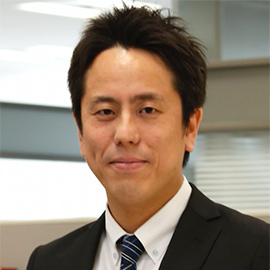South Korea joins “Pitch Black” exercises
“Finally it happened,” said a former Australian Air Force official who the author spoke with during a trip to Australia in early November last year. “Finally, the ROK Air Force participated.”
In responding to the author’s question about the Australia-South Korea relationship, the official noted that aircraft from the South Korean Air Force participated in “Pitch Black,”[1] a multilateral joint air force exercise hosted by Australia.[2] Asked about the significance of South Korea’s participation, he said, “For better interoperability.”
“We’re glad we were able to confirm that this time,” he said repeatedly.
Prior to this exercise, joint training involving fighter jets from the Republic of Korea (ROK) Air Force was limited to “Red Flag,” an exercise held in the U.S. state of Alaska. The exercise is a trilateral one among Japan, the United States, and South Korea (South Korea joined for the first time in three years in 2021). It is a military exercise that assumes North Korea as an opponent. For “Pitch Black,” the fighter jets and aerial refueling planes from the South Korean Air Force crossed the equator and traveled a long distance to Darwin, Australia, marking a rapid expansion of the South Korean Air Force's fighter deployments into the Indo-Pacific region.
It is also worth noting that the participating fighter was the recently modernized KF-16U. Thanks to the modernization project, which began in 2019,[3] the aircraft was newly equipped with Link-16, a data link system indispensable for network warfare. There is no question that the ROK Air Force is an allied air force that can play a role in the network warfare envisioned by the U.S. Air Force.
During the Moon Jae-in administration, when the U.S.-South Korea alliance was considered to be in a poor state,[4] the two countries steadily improved their interoperability at the military level. With this as a foundation, military cooperation between South Korea and Australia has increased, contributing to improved interoperability among U.S. allies in the Indo-Pacific like Japan and Australia.[5] It is also important to note that defense-industrial cooperation has supported the South Korea-Australia relationship during this period.

Australia-South Korea relations over past five years
Australia, the host of the “Pitch Black” exercise, and South Korea, which participated, have traditionally enjoyed good relations. During the Korean War (1950-1953), Australia sent a total of 17,164 soldiers from its army, navy, and air force to the Korean Peninsula, helping to defend South Korean independence while incurring 340 war deaths.[6] After that, Australia became an important trading partner for South Korea as the South Korean economy developed, as well as for Japan as an import market and resource exporter. According to the most recent data (2022), Australia is the fourth largest importer of Korean products and the ninth largest exporter to South Korea.[7]
The change in the Australia-South Korea relationship from Korean War deployments to traditionally economic-centered ties appeared around 2010 when the rise of China became apparent. In 2009, following a summit meeting between then Australian Prime Minister Kevin Rudd and South Korean President Lee Myung-bak, the “Joint statement on enhanced global & security cooperation between Australia & the Republic of Korea,” was released, stating that an agreement would be signed to allow the exchange of classified information for defense industry cooperation.[8] When interest from Australia in purchasing the ROK Army's K-9 self-propelled howitzers was reported in 2010, there were high expectations on the South Korean side that it would be the first instance of defense equipment exports to a developed Western country. However, just before the contract was signed in 2012, the Australian side canceled the purchase, citing budget cuts. The development left the Korean side quite “angry.”[9]
Furthermore, according to former Australian Ambassador to South Korea Bill Paterson (in office 2013-16), from 2014-16, the Australian government requested that the South Korean government sign a visiting forces status of forces agreement that contemplated joint training by its forces in South Korea. Seoul consistently refused this request out of consideration for China, and the plan never came to fruition.[10]
The impetus for improving this dour atmosphere in Australia-South Korea relations came from the “New Southern Policy,” a key foreign policy initiative of the Moon Jae-in administration, and its policy of exporting defense industry equipment.[11] When President Moon began visiting India and ASEAN countries, starting with Indonesia, to promote these policies, a “two-plus-two” meeting of the foreign and defense ministers of South Korea and Australia was held in November 2017.[12] In 2020, Australia launched the “Land400” project, which was the rationale for the then Morrison administration to invest more of the defense budget in land military assets, and Hanwha, the largest company in the Korean defense industry and the manufacturer of the K-9, was selected to make a new self-propelled howitzer.
The city of Geelong in Victoria, which saw the exodus of a Ford plant in 2016, was chosen as the site for the manufacturing plant. In addition, Hanwha and Rheinmetall of Germany each announced their bids to join the “Land400 Phase 3” project, which includes the introduction of a new Infantry Fighting Vehicle (IFV), and the two companies underwent local performance testing in Australia.

Change of government in Australia
Seoul was optimistic about the Land400 order, which was expected to come in September 2022, based on the existing reputation of Hanwha’s IFV. However, when the Albanese administration came to power in Canberra, Australia conducted a fundamental review of the military’s future strategy, including procurement. This resulted in the postponement of the final selection of the IFV.[13]
Last August, a multipartisan panel of experts was created “to consider the priority of investment in Defence capabilities and assess the Australian Defence Force’s structure, posture and preparedness in order to optimise Defence capability and posture to meet the nation’s security challenges over the period 2023-24 to 2032-33 and beyond.”[14] The report produced, the Defence Strategic Review (DSR), was submitted to the prime minister and the minister for defence on February 14, 2023.
Last November, while the DSR was being prepared, Prime Minister Anthony Albanese said in an interview, “Are we going to be involved in a land war in central Queensland? Is that likely? Well, no.” He questioned the previous army-centric force buildup plan, saying “Arising out of the government's defence strategic review, there would be substantial new capabilities within the next five years, including a new emphasis on missiles, missile defence capabilities and drones.”[15] This led to expectations that investment in land equipment would decrease.
The DSR, declassified by the Australian government on April 24, recommended a reduction in IFV procurement to 129 from 450 vehicles in order to focus the budget on equipment capable of long-range strikes, based on the country’s new strategy.[16] The administration’s new defense procurement policy is expected to be decided this spring based on the DSR’s recommendations. Despite reports that Hanwha is well positioned,[17] the company suffered slightly in that the procurement amount dedicated to the “Land400 Phase 3” project is likely to be reduced.

However, this decision is unlikely to have any immediate impact on Australia-South Korea relations. Even if the Australian Army introduces fewer IFVs, new forms of cooperation may emerge, such as the development and manufacture of new equipment at the new plant in Geelong, or production for other friendly countries, as a result of the development of defense industry cooperation between South Korea and Australia or among the U.S., South Korea, and Australia, which I described in my article[18] last April. More than anything, the South Korean side is undoubtedly positive about the future, as Geelong is the hometown of Deputy Prime Minister and Minister of Defence Richard Marles.
Australia-South Korea defense industrial cooperation and implications for Japan
Relations between South Korea and Australia have developed significantly over the past five years. In particular, development of defense industrial cooperation has changed the relationship significantly. The development of the relationship has gone beyond simple diplomacy, with South Korean forces now participating in multilateral military exercises organized by the Australian military. While relations between Japan and South Korea deteriorated during the administration of President Moon Jae-in, he should be praised for his role in developing the Australia-South Korea relationship and laying the groundwork for Tokyo and Seoul to join multilateral exercises together.
Japanese Prime Minister Fumio Kishida, at a plenary session of the upper house of the Diet on April 26, said that he is considering easing restrictions on the overseas transfer of defense equipment, saying that it is “an important policy tool for creating a desirable security environment for our country, for the sake of peace and stability in the Indo-Pacific region, and for supporting countries that have suffered aggression in violation of international law.”[19] For Japan, the fact that defense industry cooperation supported the relationship between South Korea and Australia is not only instructive, but also a good opportunity for Japan to recognize its new role as part of the global defense industry supply chain.
(2023/05/18)
Footnotes:
- 1 Author's interview with anonymous former Royal Australian Air Force field officer in Canberra, Australia, on November 4, 2022.
- 2 For more information on the exercise, see “Royal Australian Air Force, Exercise Pitch Black” (viewed March 28, 2023).
- 3 Chung Chung-shin, “First Investment in Precision Guided Bomb Equipped KF-16U ‘Soaring Eagle’ Training,” Munhwa Ilbo, June 22, 2022 (viewed May 1, 2023).
- 4 On U.S.-South Korea relations during the Moon Jae-in administration, see Kohtaro Ito, “Factfulness of U.S.-Korea Relations That Japan Does Not Know (Part 1): U.S. Evaluation of the Moon Jae-in Administration's Diplomacy with India and ASEAN,” International Information Network Analysis, Sasakawa Peace Foundation, September 30, 2021. (Japanese)
- 5 The F-16V, which was confirmed to be sold to Taiwan in August 2019, is fitted with standard equipment, and the Japan Air Self-Defense Force's F-2 was also budgeted in the fiscal 2020 budget to have two Link-16s attached to increase capacity.
- 6 Ministry of Foreign Affairs of the Republic of Korea, “Korean War 70th Anniversary Commemorative Video Produced to Thank the Brave Men and Women from Australia Who Participated," June 24, 2020 (viewed March 28, 2023).
- 7 See KOTRA (Korea Trade-Investment Promotion Agency), “Current Situation of Trade in South Korea.”
- 8 “Joint statement on enhanced global & security cooperation between Australia & the Republic of Korea,” Department of Foreign Affairs and Trade, March 5, 2009 (viewed May 1, 2023).
- 9 Bill Paterson, “Is Now the Time for Australia and Korea to Step Up Security Links?” THE STRATEGIST, Australian Strategic Policy Institute (ASPI), August 20, 2020 (viewed April 24, 2023).
- 10 Ibid.
- 11 For more on the development of the New Southern policy and the evolution of Australia-South Korea relations, see Kotaro Ito, “South Korea's Security and Diplomatic Strategy: Is Japan’s Neighbor Aiming to Join the ‘Red Team’ (China, North Korea, and Russia)?” SYNODOS, September 30, 2020. (Japanese)
- 12 “Joint Statement: Australia-Republic of Korea Foreign and Defence Ministers’ 2+2 Meeting 2021,” Department of Foreign Affairs and Trade, September 13, 2021 (viewed April 24, 2023).
- 13 Kym Bergmann, “Defence review expected to delay decision on Army’s IFVs,” THE AUSTRALIAN, October 4, 2022 (viewed March 28, 2023).
- 14 “Defence Strategic Review,” Australian Government, April 24, 2023, pp. 12-13 (viewed April 24, 2023).
- 15 Greg Sheridan, “PM flags Defence boost with drones, missiles,” THE AUSTRALIAN, November 4, 2022 (viewed March 28, 2023).
- 16 Ibid., p. 59.
- 17 Park Ho-hyun, “23 Trillion (Won) Hanwha Leading Australian Armored Car Operator,” ,Seoul Economic Daily, March 8, 2023 (viewed April 26, 2023).
- 18 Kohtaro Ito, “Factfulness of U.S.-Korea Relations That Japan Does Not Know (Part 2): Progress in South Korea-U.S. Defense Industrial Cooperation and Its Background,” International Information Network Analysis, Sasakawa Peace Foundation, September 30, 2021. (Japanese)
- 19 “Review of Defense Equipment Exports: Prime Minister Considering Based on Ruling Party Discussions,” Sankei Shimbun, April 26, 2023 (viewed May 1, 2023).

